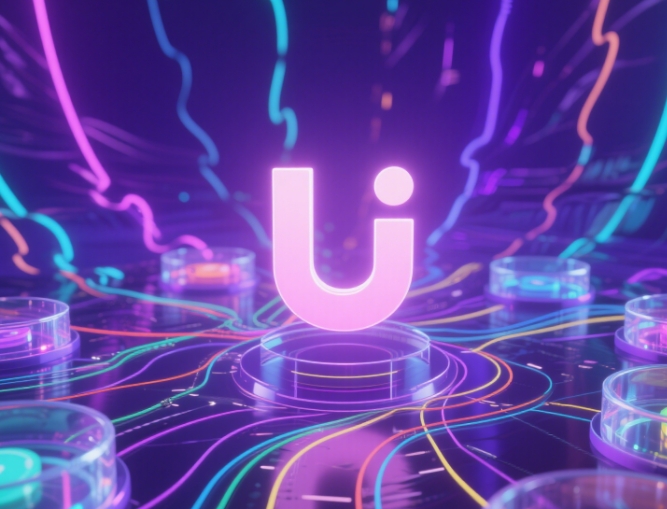Uniswap (UNI) isn't just another cryptocurrency; it’s the beating heart of decentralized finance (DeFi) and the governance engine behind the world’s largest decentralized exchange (DEX)
Uniswap (UNI) isn't just another cryptocurrency; it’s the beating heart of decentralized finance (DeFi) and the governance engine behind the world’s largest decentralized exchange (DEX). Understanding UNI is crucial for navigating the evolving landscape of on-chain trading and community-led protocol development.
What Exactly is the UNI Token?
UNI is the native governance token of the Uniswap Protocol, launched in September 2020. Unlike tokens designed purely for speculation, UNI grants holders voting power over the protocol’s future. Key functions include:
Protocol Upgrades: UNI holders vote on technical improvements (e.g., Uniswap V3’s concentrated liquidity).
Treasury Management: Deciding how to allocate Uniswap’s $4B+ community treasury.
Fee Mechanism Changes: Potentially enabling a protocol-wide fee switch to reward UNI stakers.
This structure makes UNI foundational to Uniswap’s claim as a truly community-owned exchange.
How UNI Captures Value in DeFi’s Largest DEX
Uniswap processes billions in daily volume, but how does UNI benefit?
Governance Premium: Control over a dominant DeFi protocol creates inherent value.
Future Fee Potential: A pending "fee switch" proposal could divert 0.05–0.25% of trading fees to UNI stakers, creating a yield stream.
Treasury Backing: UNI’s $4B+ treasury funds development, grants, and liquidity initiatives, acting as a strategic war chest.
While UNI doesn’t yet generate direct revenue, its governance rights position it as a call option on Uniswap’s growth.

UNI Tokenomics: Scarcity, Allocation, and Inflation
UNI’s supply is capped at 1 billion tokens, distributed as follows:
60% to Uniswap community members
21.5% to team members (vested over 4 years)
18.5% to investors & advisors
Notably, UNI’s inflationary phase ended in 2024, transitioning to a fixed supply. This scarcity contrasts with many governance tokens and could amplify value if demand surges via fee-sharing.
Regulatory Headwinds and UNI’s Resilience
The SEC’s 2023 Wells Notice targeting Uniswap Labs highlighted regulatory uncertainty. However, UNI’s decentralized structure provides defenses:
No Equity Claims: UNI represents governance rights, not company ownership.
Non-Dividend Model: Current tokenomics avoid traditional securities frameworks.
Community Shield: Proposals like "Uniswap V4" are developed and voted on publicly, reinforcing decentralization.
This resilience underscores why UNI remains a benchmark for decentralized governance tokens.
The Road Ahead: UNI in Uniswap V4 and Beyond
Upcoming upgrades could redefine UNI’s utility:
Uniswap V4: Features "hooks" for customizable liquidity pools. UNI holders will govern their implementation.
Cross-Chain Expansion: Votes on deploying Uniswap v3/v4 to L2s (e.g., Arbitrum, Base) could boost fee capture.
Fee Switch Activation: The most anticipated vote—turning on fees for UNI stakers—may finally occur in 2024/2025.
These developments position UNI as a critical player in DeFi’s next evolution.
Conclusion: UNI as DeFi’s Governance Standard
UNI transcends typical "exchange tokens." It’s a decentralized governance experiment at scale, governing a protocol that’s traded over $2 trillion in volume. While challenges like regulation persist, UNI’s fixed supply, treasury strength, and upcoming fee mechanisms offer compelling value drivers. As Uniswap evolves, UNI remains the key to its community-led future—a symbol of trustless, user-owned finance.
coin78 – Decoding the Future of Crypto Exchange Innovation
1. The information content does not constitute investment advice, investors should make independent decisions and bear their own risks
2. The copyright of this article belongs to the original author, and only represents the author's personal views, not the views or positions of Coin78. This article comes from news media and does not represent the views and positions of this website.
 USD
USD CNY
CNY HKD
HKD TWD
TWD VND
VND USDT
USDT